
@genikhovich.bsky.social
Evolution of developmental mechanisms, especially axial patterning. Experimental embryology. 🪸🪼
Pinned

Chordin-mediated BMP shuttling patterns the secondary body axis in a cnidarian
Chordin-mediated BMP shuttling is the candidate mechanism for generating bilateral symmetry in the cnidarian-bilaterian ancestor.
www.science.org
David’s @davidmoersdorf.bsky.social cool paper about the role of Chordin in BMP signaling in the sea anemone Nematostella is finally out www.science.org/doi/10.1126/...
Reposted
Metamorphosis in Schizocardium californicum drives dramatic reorganization of cell types, with adult structures forming through transcriptional reprogramming of larval cells rather than their wholesale replacement.
@paul.bump.bsky.social
@lowelab.bsky.social
www.biorxiv.org/content/10.1...
@paul.bump.bsky.social
@lowelab.bsky.social
www.biorxiv.org/content/10.1...

November 8, 2025 at 4:40 AM
Metamorphosis in Schizocardium californicum drives dramatic reorganization of cell types, with adult structures forming through transcriptional reprogramming of larval cells rather than their wholesale replacement.
@paul.bump.bsky.social
@lowelab.bsky.social
www.biorxiv.org/content/10.1...
@paul.bump.bsky.social
@lowelab.bsky.social
www.biorxiv.org/content/10.1...
Reposted
Our study, just published in #ScienceAdvances and funded by @hfspo.bsky.social, explores the post metamorphic cell composition of the sea urchin juvenile, revealing that its body is head-like. Long considered brainless creatures, they’re all brain instead!
www.science.org/doi/10.1126/...
www.science.org/doi/10.1126/...

Single-nucleus profiling highlights the all-brain echinoderm nervous system
A sea urchin is a head with a brain-like organization and a vertebrate-type retinal signature.
www.science.org
November 5, 2025 at 7:03 PM
Our study, just published in #ScienceAdvances and funded by @hfspo.bsky.social, explores the post metamorphic cell composition of the sea urchin juvenile, revealing that its body is head-like. Long considered brainless creatures, they’re all brain instead!
www.science.org/doi/10.1126/...
www.science.org/doi/10.1126/...
Reposted
#DBfeature #EvoDevo
mRNA splicing variants of the transcription factor Blimp1 differentially regulate germline genes in echinoderms
"Each Blimp1 isoform has distinct functions within & between species"
by Gerardo Reyes, Nathalie Oulhen, Gary Wessel
www.sciencedirect.com/science/arti...
mRNA splicing variants of the transcription factor Blimp1 differentially regulate germline genes in echinoderms
"Each Blimp1 isoform has distinct functions within & between species"
by Gerardo Reyes, Nathalie Oulhen, Gary Wessel
www.sciencedirect.com/science/arti...
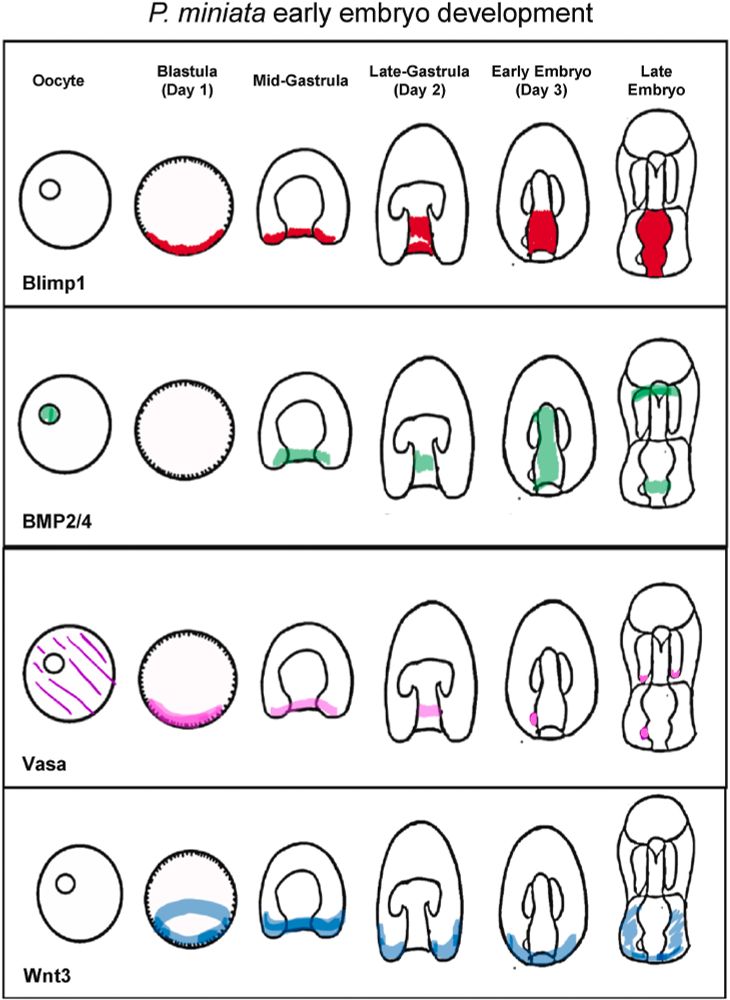
October 24, 2025 at 12:53 PM
#DBfeature #EvoDevo
mRNA splicing variants of the transcription factor Blimp1 differentially regulate germline genes in echinoderms
"Each Blimp1 isoform has distinct functions within & between species"
by Gerardo Reyes, Nathalie Oulhen, Gary Wessel
www.sciencedirect.com/science/arti...
mRNA splicing variants of the transcription factor Blimp1 differentially regulate germline genes in echinoderms
"Each Blimp1 isoform has distinct functions within & between species"
by Gerardo Reyes, Nathalie Oulhen, Gary Wessel
www.sciencedirect.com/science/arti...
Reposted
More pictures of the brilliance that is (lab manager) Aida de la Cruz with her creation.




October 25, 2025 at 2:41 AM
More pictures of the brilliance that is (lab manager) Aida de la Cruz with her creation.
A nice survey of membrane tags in a variety of EvoDevo models (also featuring Nematostella). Thanks to @michalis-averof.bsky.social for the invitation.
How can we see the cells that make up a living organism? Membrane-localising tags can drive fluorescent proteins to the cell's outer membrane, making their outlines visible. But the tags don't work well in all organisms. How do you find one for your species of interest? 🧵
Check our latest preprint
Check our latest preprint

A toolkit for testing membrane-localising tags across species
Transgenic markers and tools have revolutionised how we study cells and developing organisms. Some of the elements needed to construct those tools are universally applicable (e.g. fluorescent proteins...
www.biorxiv.org
October 23, 2025 at 3:21 PM
A nice survey of membrane tags in a variety of EvoDevo models (also featuring Nematostella). Thanks to @michalis-averof.bsky.social for the invitation.
Reposted
Signals from the head and germinative region differentially regulate regeneration competence of the tapeworm Hymenolepis diminuta
Read this #LifelongDevSI #OA Research Article by Elise McCollough Nanista, Tania Rozario & colleagues @ugaresearch.bsky.social:
journals.biologists.com/dev/article/...
Read this #LifelongDevSI #OA Research Article by Elise McCollough Nanista, Tania Rozario & colleagues @ugaresearch.bsky.social:
journals.biologists.com/dev/article/...
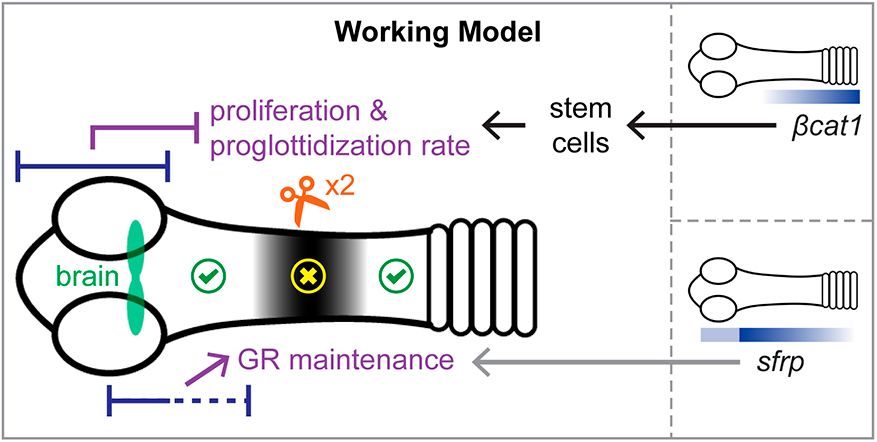
October 22, 2025 at 10:57 AM
Signals from the head and germinative region differentially regulate regeneration competence of the tapeworm Hymenolepis diminuta
Read this #LifelongDevSI #OA Research Article by Elise McCollough Nanista, Tania Rozario & colleagues @ugaresearch.bsky.social:
journals.biologists.com/dev/article/...
Read this #LifelongDevSI #OA Research Article by Elise McCollough Nanista, Tania Rozario & colleagues @ugaresearch.bsky.social:
journals.biologists.com/dev/article/...
Reposted
We are happy to share our latest work in @nature.com . We study the genomic and cellular basis of facultative symbiosis in Oculina patagonica - a Mediterranean coral remarkable for its ability to survive long periods without algal symbionts. Led by Shani Levy and @xgrau.bsky.social
rdcu.be/eLbaZ
rdcu.be/eLbaZ
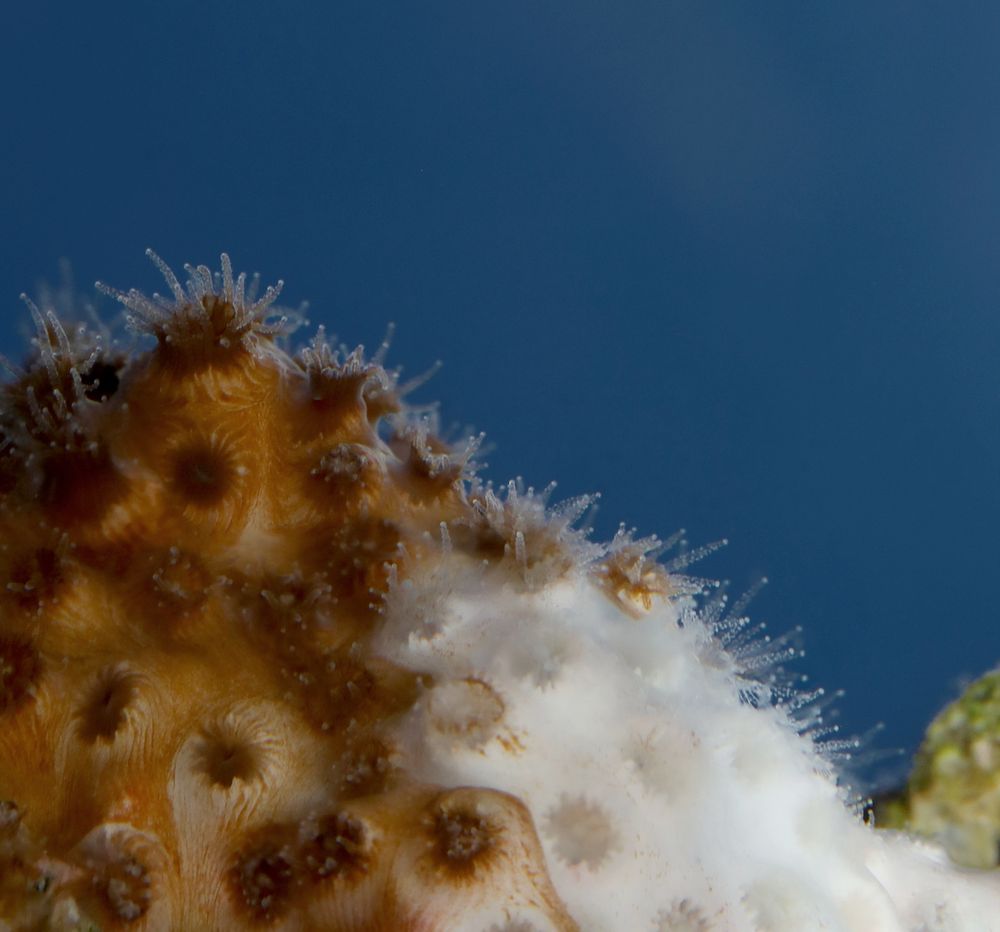
October 15, 2025 at 7:58 PM
We are happy to share our latest work in @nature.com . We study the genomic and cellular basis of facultative symbiosis in Oculina patagonica - a Mediterranean coral remarkable for its ability to survive long periods without algal symbionts. Led by Shani Levy and @xgrau.bsky.social
rdcu.be/eLbaZ
rdcu.be/eLbaZ
Cool-cool-cool
Latest from ours: www.cell.com/cell-reports...
This is two stories in one: a case study/cautionary tale on developing genetic tools in new organisms, and the first hint at a gene regulatory network for choanoflagellate multicellular development (which turn out to involve a Hippo/YAP/ECM loop!) A 🧵
This is two stories in one: a case study/cautionary tale on developing genetic tools in new organisms, and the first hint at a gene regulatory network for choanoflagellate multicellular development (which turn out to involve a Hippo/YAP/ECM loop!) A 🧵

October 6, 2025 at 7:02 PM
Cool-cool-cool
Hi, can someone point me to good commercial polyclonal anti-FMRF amide antibody, which is not from rabbit? Ideally, tested on cnidarians. Thanks in advance!
October 2, 2025 at 6:08 PM
Hi, can someone point me to good commercial polyclonal anti-FMRF amide antibody, which is not from rabbit? Ideally, tested on cnidarians. Thanks in advance!
Sanjay's amazing story is available on www.biorxiv.org/content/10.1... Congratulations to @sanjay-n.bsky.social, @ulrichtechnau.bsky.social and everyone else 🎉

Notch coordinates self-organization of germ layers and axial polarity in cnidarian gastruloids
Dissociation and reaggregation experiments in several animal systems have revealed the stunning capacity of self-organization. Reaggregated early gastrula cells (here called gastruloids) of the sea an...
www.biorxiv.org
September 18, 2025 at 8:12 AM
Sanjay's amazing story is available on www.biorxiv.org/content/10.1... Congratulations to @sanjay-n.bsky.social, @ulrichtechnau.bsky.social and everyone else 🎉
Congratulations to Dr. Paul Knabl @paulknabl.bsky.social Fantastic work and excellent defense!

September 11, 2025 at 6:02 PM
Congratulations to Dr. Paul Knabl @paulknabl.bsky.social Fantastic work and excellent defense!
I don't know about "twice". My memory is crappier...
One of the best things about having a crappy memory is that you get to appreciate data generated by your awesome trainees twice.
First, at their lab meeting(s).
Second, when you read drafts of their papers, you are impressed de novo because you forgot the data they presented at the lab meeting.
First, at their lab meeting(s).
Second, when you read drafts of their papers, you are impressed de novo because you forgot the data they presented at the lab meeting.
August 28, 2025 at 4:49 AM
I don't know about "twice". My memory is crappier...
www.nature.com/articles/s41... Cool paper by @emmanuelhaillot.bsky.social et al. from Uli Technau's group. @tclebedeva.bsky.social and I were also involved 🙃

Segregation of endoderm and mesoderm germ layer identities in the diploblast Nematostella vectensis - Nature Communications
Recent work suggested that diploblast embryos (Cnidaria) may have germ layers that are similar to those seen in bilaterians, but how these are specified remained unclear. Here, they use scRNA-seq and ...
www.nature.com
August 27, 2025 at 9:27 AM
www.nature.com/articles/s41... Cool paper by @emmanuelhaillot.bsky.social et al. from Uli Technau's group. @tclebedeva.bsky.social and I were also involved 🙃
Reposted
Ctenophores possess a unique aboral organ that acts as a multisensory center, controlling complex behaviors. We’ve now created a ctenophore model integrated with our 3D volume EM data. Puts it into perspective.
Check out our recent work here: www.biorxiv.org/content/10.1...
#ctenophores #volumeEM
Check out our recent work here: www.biorxiv.org/content/10.1...
#ctenophores #volumeEM
August 7, 2025 at 8:18 AM
Ctenophores possess a unique aboral organ that acts as a multisensory center, controlling complex behaviors. We’ve now created a ctenophore model integrated with our 3D volume EM data. Puts it into perspective.
Check out our recent work here: www.biorxiv.org/content/10.1...
#ctenophores #volumeEM
Check out our recent work here: www.biorxiv.org/content/10.1...
#ctenophores #volumeEM
Reposted
A Summer reading recommendation: new primer in @dev-journal.bsky.social explains how dynamical systems theory unlocks the logic of developmental patterning
Everything from bistable switches & oscillators to phase portraits & more with Python code to explore
journals.biologists.com/dev/article/...
Everything from bistable switches & oscillators to phase portraits & more with Python code to explore
journals.biologists.com/dev/article/...
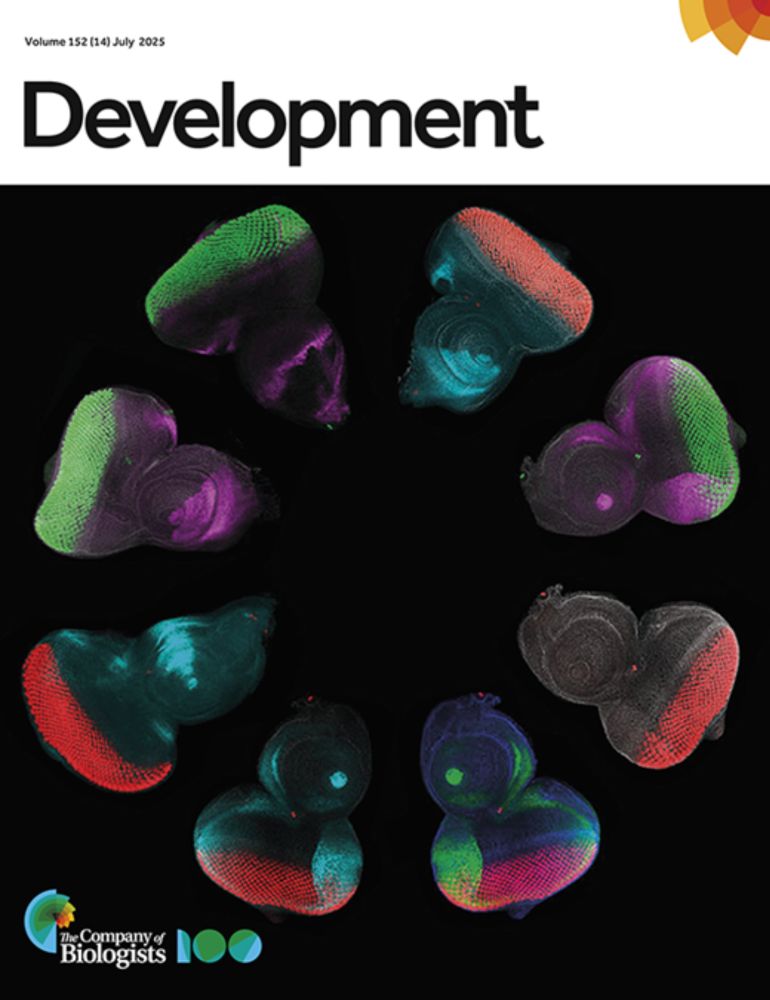
From genes to patterns: five key dynamical systems concepts to decode developmental regulatory mechanisms
Summary: Dynamical systems theory provides a powerful quantitative and intuitive framework to understand developmental processes. This Primer brings key concepts of this framework to the ever-growing ...
journals.biologists.com
August 4, 2025 at 8:44 AM
A Summer reading recommendation: new primer in @dev-journal.bsky.social explains how dynamical systems theory unlocks the logic of developmental patterning
Everything from bistable switches & oscillators to phase portraits & more with Python code to explore
journals.biologists.com/dev/article/...
Everything from bistable switches & oscillators to phase portraits & more with Python code to explore
journals.biologists.com/dev/article/...
Reposted
A rare job opportunity for Invertebrate Zoology: fieldmuseum.hrmdirect.com/employment/j...
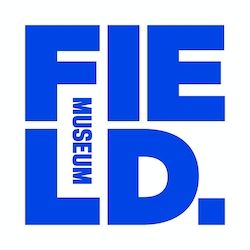
Assistant Curator of Invertebrate Zoology, Careers At Field Museum
Position Assistant Curator of Invertebrate Zoology FLSA Status Exempt Department Negaunee Integrative Research Center Our Mission Since the 1893 World Columbian Exposition our organization has aimed...
fieldmuseum.hrmdirect.com
July 22, 2025 at 8:33 PM
A rare job opportunity for Invertebrate Zoology: fieldmuseum.hrmdirect.com/employment/j...
Reposted
BEHOLD! One of Earth's greatest lineages of life: the lil wiggle arm guys, Meteora.
These single-celled critters, originally found in deep-sea sediments, are SO DIFFERENT from other lifeforms on Earth that they're likely in their own kingdom (as in, the Animal Kingdom, the Plant Kingdom etc). 🧪🌿
These single-celled critters, originally found in deep-sea sediments, are SO DIFFERENT from other lifeforms on Earth that they're likely in their own kingdom (as in, the Animal Kingdom, the Plant Kingdom etc). 🧪🌿
July 10, 2025 at 8:06 PM
BEHOLD! One of Earth's greatest lineages of life: the lil wiggle arm guys, Meteora.
These single-celled critters, originally found in deep-sea sediments, are SO DIFFERENT from other lifeforms on Earth that they're likely in their own kingdom (as in, the Animal Kingdom, the Plant Kingdom etc). 🧪🌿
These single-celled critters, originally found in deep-sea sediments, are SO DIFFERENT from other lifeforms on Earth that they're likely in their own kingdom (as in, the Animal Kingdom, the Plant Kingdom etc). 🧪🌿
Tsuyo's cool paper on Wnt3 being both a canonical and a PCP Wnt in Clytia is out doi.org/10.7554/eLif... Congratulations to everyone involved! @biodev-vlfr.bsky.social
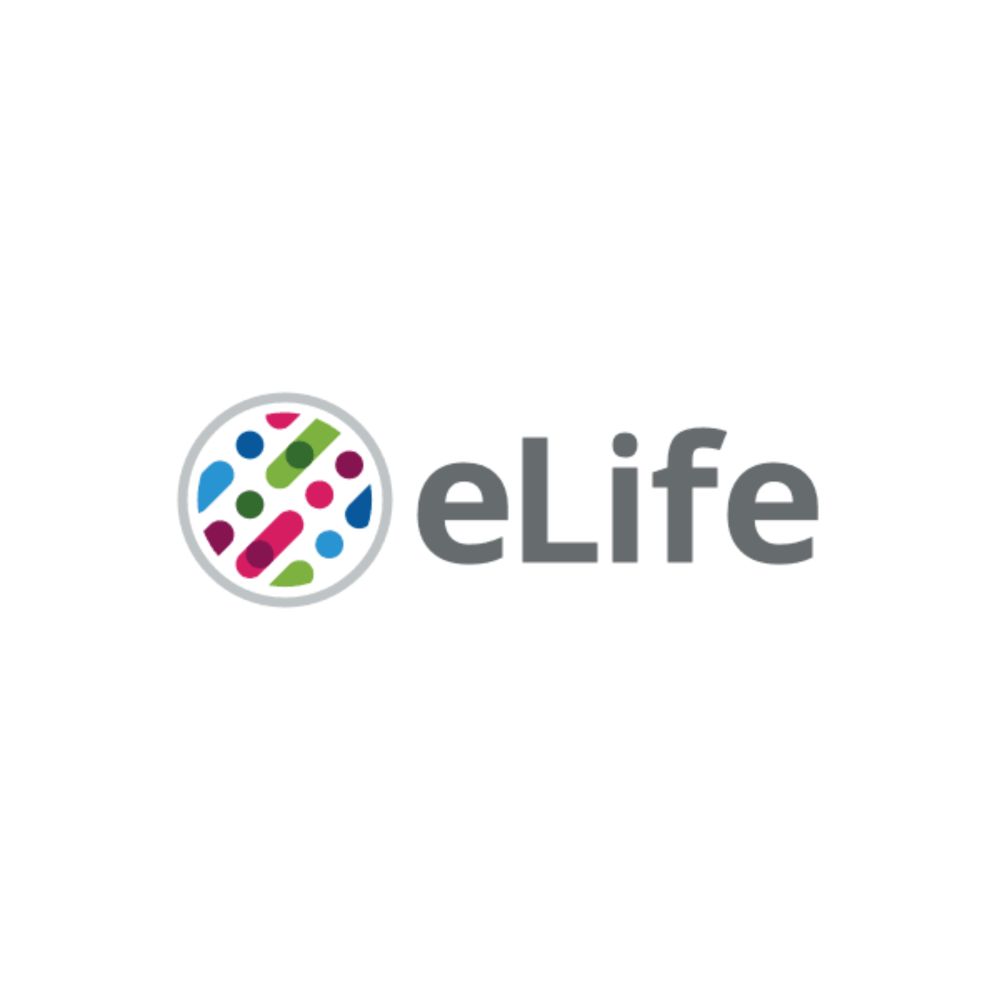
Planar cell polarity coordination in a cnidarian embryo provides clues to animal body axis evolution
The jellyfish embryonic body axis is globally coordinated by conserved planar cell polarity (PCP) mechanisms and oriented by localised Wnt3 in two steps, highlighting PCP’s role in animal axis evoluti...
doi.org
July 14, 2025 at 9:51 AM
Tsuyo's cool paper on Wnt3 being both a canonical and a PCP Wnt in Clytia is out doi.org/10.7554/eLif... Congratulations to everyone involved! @biodev-vlfr.bsky.social
Uri does really cool stuff in Hydractinia
I am looking for a new postdoc to join the lab. Interested in pluripotency, germ cells, and in investigating these in a genetically tractable cnidarian? Get in touch! We offer a long-term contract, excellent research environment, and a lovely city #Galway. www.urifranklab.org
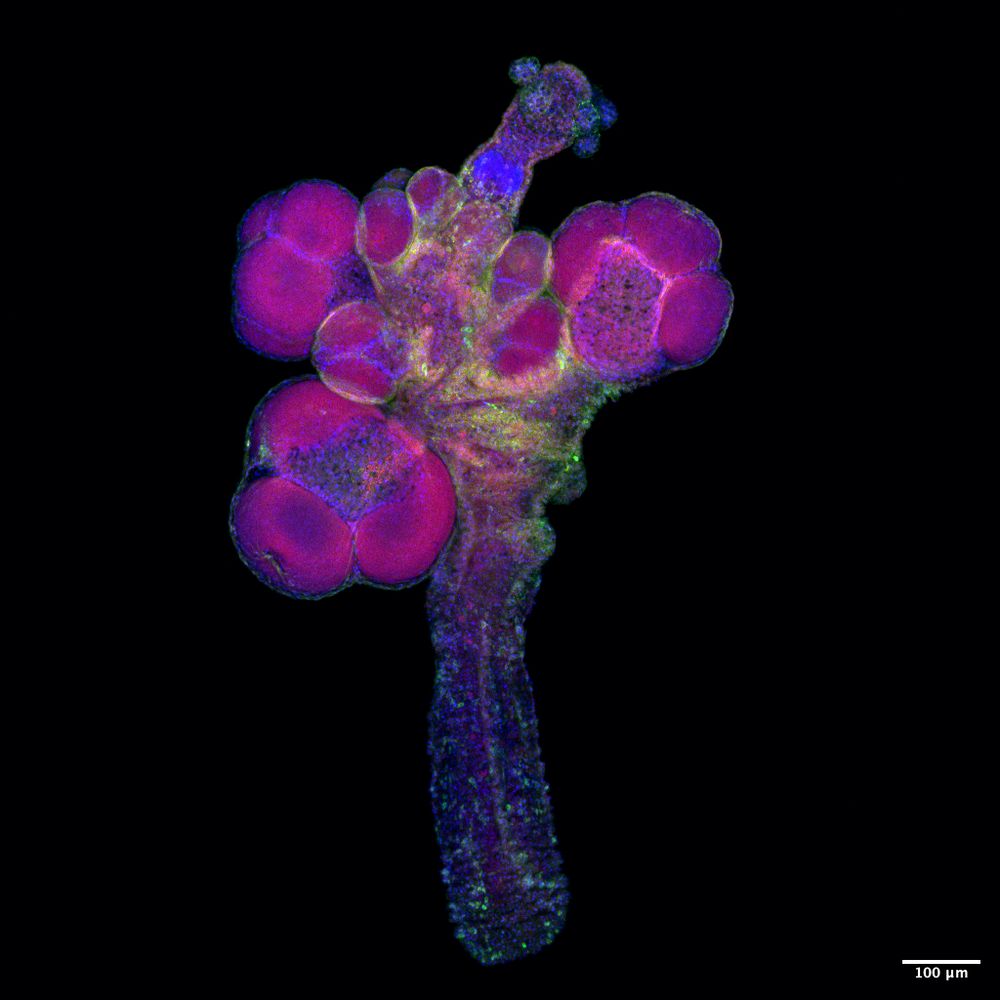
June 20, 2025 at 5:14 PM
Uri does really cool stuff in Hydractinia
David’s @davidmoersdorf.bsky.social cool paper about the role of Chordin in BMP signaling in the sea anemone Nematostella is finally out www.science.org/doi/10.1126/...

Chordin-mediated BMP shuttling patterns the secondary body axis in a cnidarian
Chordin-mediated BMP shuttling is the candidate mechanism for generating bilateral symmetry in the cnidarian-bilaterian ancestor.
www.science.org
June 13, 2025 at 8:35 PM
David’s @davidmoersdorf.bsky.social cool paper about the role of Chordin in BMP signaling in the sea anemone Nematostella is finally out www.science.org/doi/10.1126/...



